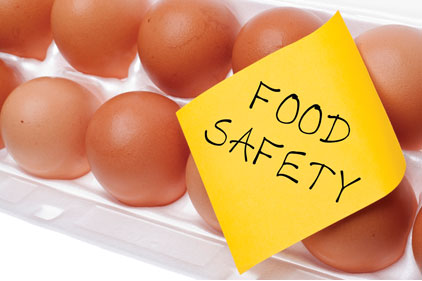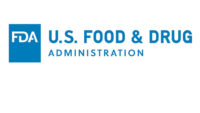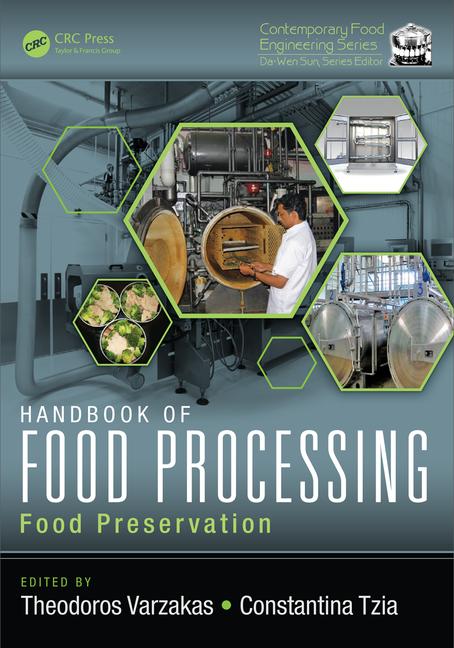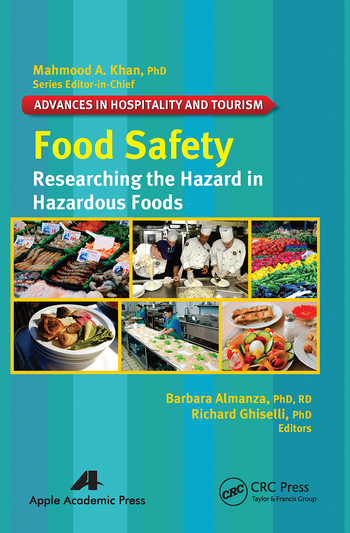FDA Releases Pair of Food Safety Requirements

On December 4, the FDA released two draft rule proposals for food safety that will allow the FDA to shift its focus on preventing, rather than simply reacting, to food borne illnesses. Despite the delay, public health advocates heralded the proposals as a major step in implementing the landmark FDA Food Safety Modernization Act (FSMA) that President Obama signed into law two years ago, giving the FDA one year to put the first policies in place.
The regulations are needed, as evidenced by the series of dangerous food safety slip-ups in recent years that required recalls of spinach, cantaloupe, sprouts, turkey and ground beef with microbes ranging from salmonella to E. coli and listeria, as well as the FDA’s shut-down of the organic peanut butter plant Sunland Inc. in New Mexico, which produced salmonella-tainted peanut butter that sickened 42 consumers nationwide.
“We have one of the safest food supplies in the world, but we have work to do to stop food borne illnesses before they start,” Dr. Margaret Hamburg, commissioner of the FDA said in a press conference. “While the FDA responds very quickly and effectively in response to outbreaks, containing them and finding their source and taking other necessary actions, we really need to do more than react after the fact. Preventing problems before they cause harm is not only common sense, it is the key to food safety in the 21st century.”
The regulations, the first reforms in food safety in more than 70 years, are designed to address gaps in food production and manufacturing processes that leave an estimated 48 million Americans sick each year, according to the Centers for Disease Control and Prevention (CDC). While not all of these illnesses are reported, the FDA says that nearly 130,000 people who contract a food-related disease are hospitalized and 3,000 die from the illness. So when the deadline to issue regulatory rules in 2012 came and went, two nonprofit organizations, the Center for Food Safety and The Center for Environmental Health criticized the agency for unreasonable delays and filed a lawsuit.
The agency asked for the lawsuit to be dismissed, noting that the delay stemmed from the extensive investigation and on-site visits to farms and food facilities in 14 states, as well as meetings with health and manufacturing groups at local and state levels over the past two years. “The rules follow extensive outreach by the FDA to the produce industry, the consumer community, other government agencies and the international community. Since January 2011, FDA staff have toured farms and facilities nationwide and participated in hundreds of meetings and presentations with global regulatory partners, industry stakeholders, consumer groups, farmers, state and local officials, and the research community,” the agency says in a statement.
The two rules, Preventive Controls for Human Food and Standards for Produce Safety, stretch across 1,236 pages, and are now available for public comment for the next 120 days. The first rule requires manufacturers selling food in the U.S. -- whether the food was grown domestically or internationally -- to develop and follow formal plans for preventing contamination of their products as well as for correcting problems when they arise.
The second rule, which applies only to foods consumed raw, such as berries and salad greens, requires stricter standards for growing, harvesting, packing and holding fruits and vegetables. The rule would increase vigilance for sanitation during irrigation and washing of produce, worker hygiene, cleanliness of materials used in growing soils such as fertilizers and manure, management of animals that could , enter crop fields and contribute contamination, and sanitation of processing equipment.
After the public comment period, the FDA will adjust the rules based on the feedback, which could take another year. The FDA proposes that larger farms comply with the majority of the produce safety requirements 26 months after the final rule is published, and that small farms be given additional time to undergo the changes. All farms would have more time to comply with some of the water quality requirements.
The FDA says the new rules will lead to major savings in medical costs and less resources spent in response to large scale recalls. However, the Congressional Budget Office estimated that the bill would cost $1.4 billion to implement, from 2011 to 2015, and that funding has not yet been secured. “Resources are going to continue to be an issue,” Hamburg said during the conference call.
That could be a problem for implementing the FSMA going forward, since there are still more measures to be addressed, such as increased monitoring and standards for food importers. The FDA says approximately 15% of food eaten in the U.S. is imported, and more rules for importers to verify that foods that are grown and processed overseas meet U.S. standards are an important part of improving overall food safety. The FDA will also propose more rules for preventing contamination and illnesses from animal feed and pet food.
“These proposed regulations are a sign of progress that should be welcomed by consumers and the food industry alike,” said Caroline Smith DeWaal, food safety director for the Center for Science in the Public Interest in a statement. “Still needed are protections in the form of rules aimed at ensuring the safety of imported food…Americans want to know that the food coming from China, Mexico, and elsewhere is subject to the same standards, inspection, testing, and other regulatory improvements mandated for the domestic food industry.”
Public health and food safety supporters welcome the proposals, and are hopeful the FDA will continue to move forward as quickly as possible.”This is just the beginning, and there is more stuff right behind it in line for approval,” says Sandy Eskin, director of the Safe Food Campaign for the Pew Health Group. ”This took a long time to get passed and may take a while to get it all implemented, but it is a big step. You can be very frustrated because things are moving slowly, but nothing is more frustrating than if things are not moving at all.”
Looking for a reprint of this article?
From high-res PDFs to custom plaques, order your copy today!







